Sometimes subtle, sometimes glaringly obvious, the way we used social media since the early months of the pandemic has caused a shift in how businesses and their customers will communicate moving forward. Instead of your typical 2022 Social Media Trends for the Year roundup, we thought we’d dig into some of the bigger picture effects this shift has caused.
So yes, while TikTok will continue to explode, short form video content will increasingly become the favored format across various social channels, and paying for social ads continues to become a necessity, the three realities below speak to why you, as a local business owner, should be concerning yourself with all those things in the first place.
1. Customer Care Begins on Social
Before we had severe staffing shortages, supply chain concerns, increasingly impatient customers and other issues that have begun to feel like normal parts of running a business, businesses were thrust into total chaos with lockdowns, mandates, and more. Quick decisions to changes in business operations led to businesses needing a way to communicate with customers in real-time. It didn’t take long for many to realize that the fastest way to do that was through social media. Customers flocked to Instagram for the latest updates. With changes happening so quickly, even waiting on a website to be updated or an email to be crafted became too time consuming compared to the ease with which a note could be posted to an Instagram story.
While things have slowed down a bit from the frenzy that was 2020, how we responded then has created lingering effects. More than ever before, the first place your customers turn to for the most up to date information is your social feeds. That means that whoever manages your social is most often the first person who interacts with your customers and how they do so has big implications for how those customers view your brand, whether or not they choose to continue being your customer, and your bottom line.
2. Social Commerce Creates New Revenue Streams
Before the pandemic, local brick and mortars used social media as a promotional tool to extend a brand’s voice beyond its four walls. Now, after lockdowns that closed physical locations and forced many to completely pivot their business model, social media has become a stream of revenue as crucial as their now reopened storefronts.
From investments in online ordering and the use of 3rd party delivery apps like DoorDash and UberEats, to investments in redesigning websites to create online shops for retail or packaged products and using Instagram Shopping, we helped several of our clients set up infrastructure that will increasingly become core streams of revenue. For some restaurants, online orders account for as much as 40% of total sales today. Even within the entertainment industry, while in-person concerts and productions were canceled and postponed, entertainers from buskers to Broadway began using tools like Facebook Live and online streaming platforms to host performances for their audiences.
While these were investments born out of necessity, it's important to recognize that in doing so, a shift has occurred in how we’ll engage with customers moving forward.
Social first shopping experiences and customer journeys, where each stage from awareness to conversion is increasingly convenient and at people’s fingertips, will become standard. For many businesses, these avenues will be the first - even only - experiences their customers have with them at all. On one hand, selling online means access to more customers and hopefully more sales, but if you have yet to get serious about what it takes to invest in the tools to make that a reality, you risk being left behind. Time to get serious about social commerce!
3. Social Media is a Business Channel, Not a Marketing Tactic
We’ve long known that social media can drive business, but the way businesses used it throughout the pandemic proves that it’s no longer just a marketing tool. This is perhaps the one thing we’re most excited about here at Creativ. Sure, it validates what we’ve always tried to articulate to our clients about its value, but now businesses of all sizes have proof that ownership of what happens on a business’s social media extends beyond the handful of people who are responsible for its content.
This mindset change recognizes that what’s posted on social media relative to a brand -- by the business itself, its employees, customers or otherwise -- is not just ancillary to business operations, but fully integrated into it. If your physical business is thriving, taking care of its customers and employees, and providing a great experience, that will be reflected on your social channels.
The opportunity is to corral all this “noise” so that it positively affects your profit margin. If you’re still looking at social media as just another way to advertise your products or services online, especially if your intent is to advertise something that doesn't align with the actual experience you provide, I’d strongly recommend that this be the year you make some changes there.
Dive in.
In 2022, using social media effectively for your business requires active participation from stakeholders beyond those responsible for distributing content. It’s going to feel awkward and unfamiliar at first and you’ll convince yourself that maybe it doesn’t actually matter that much. That’s ok. Part of the beauty of social media is that because it’s constantly changing, everyone’s continuously just trying to figure it out. Whether you’re brand new to the game, thinking it’s time to completely overhaul what you’re doing on social for your business, or just want to chat about it, we’re here to help you.









